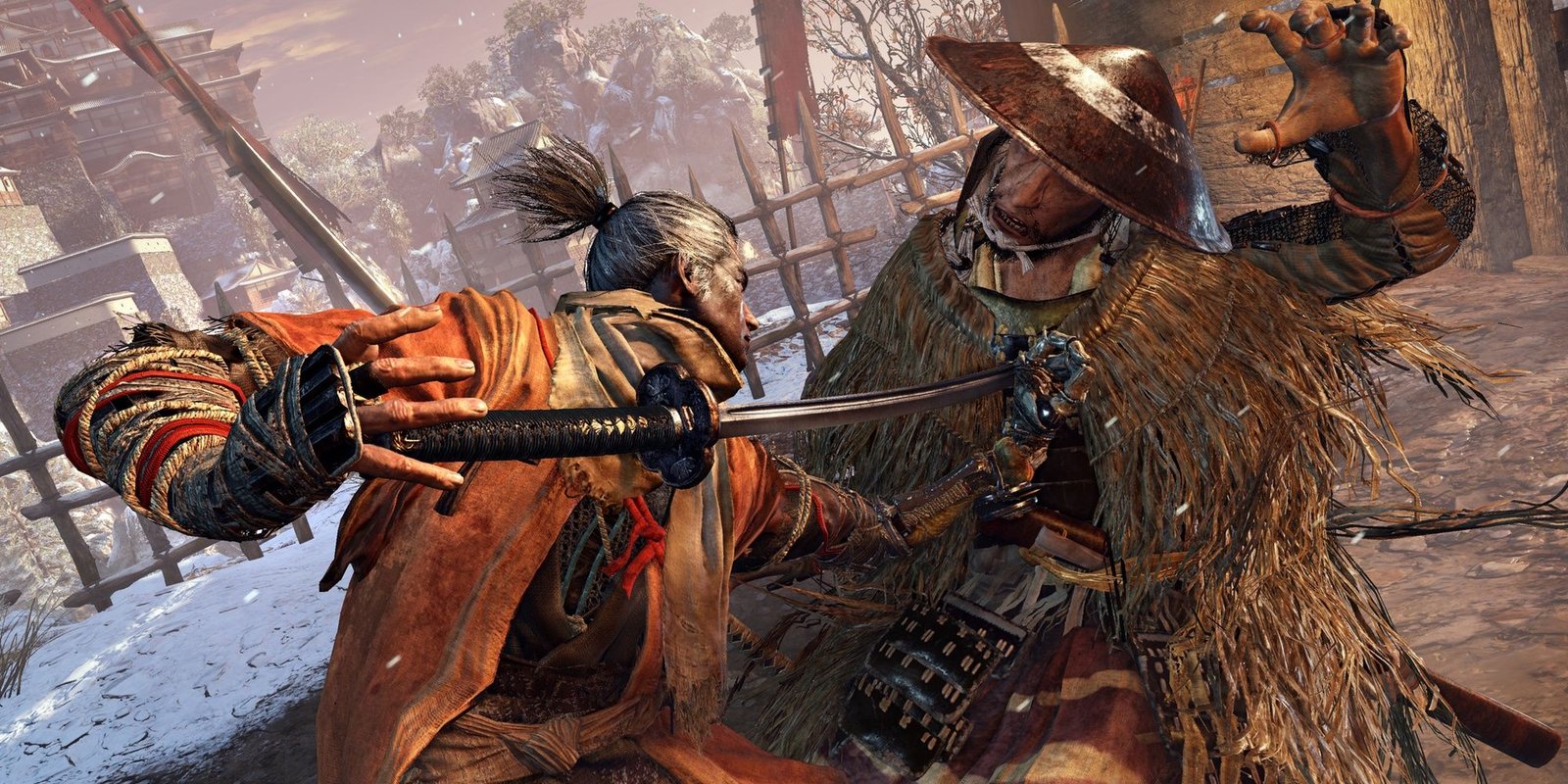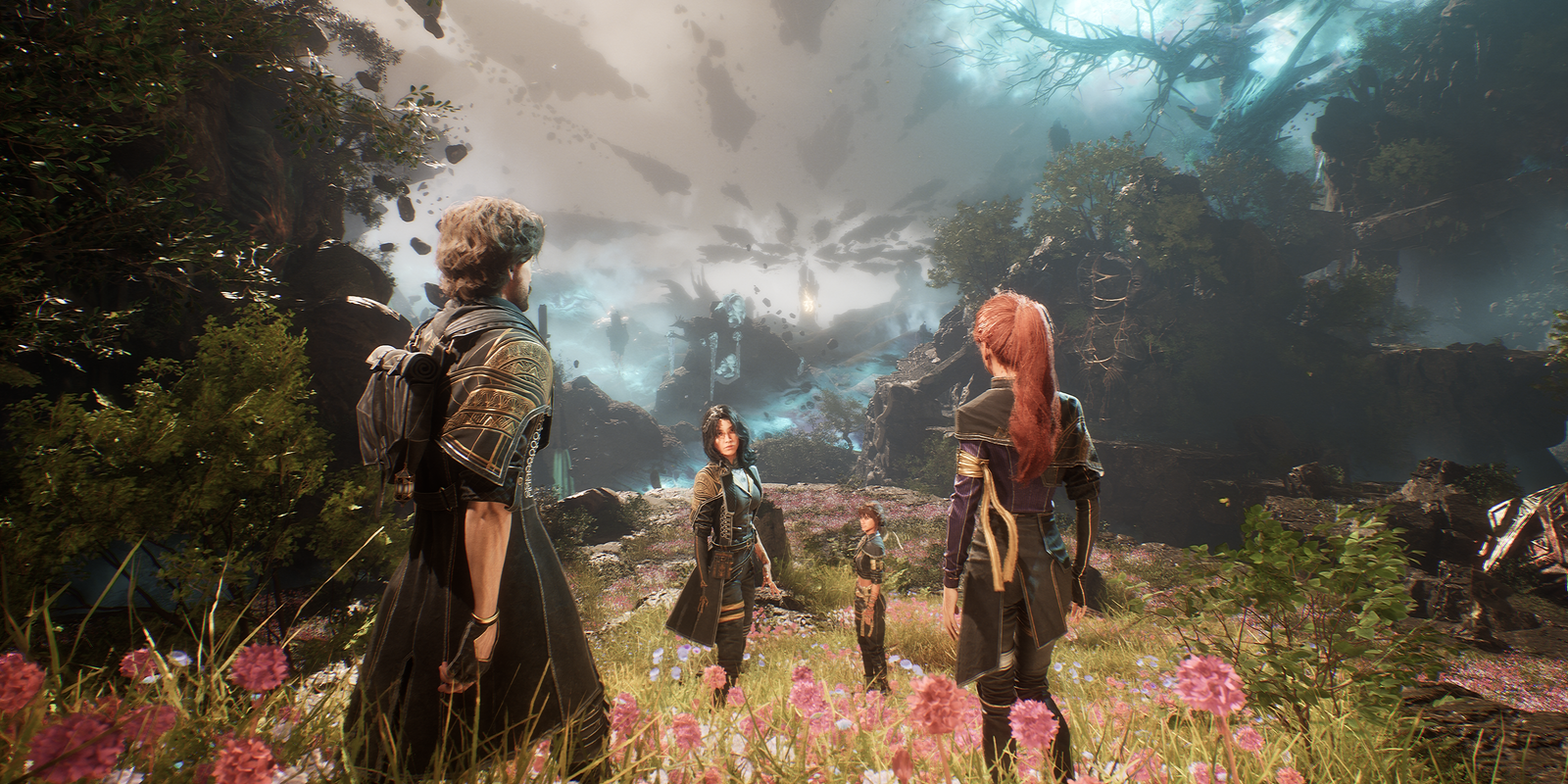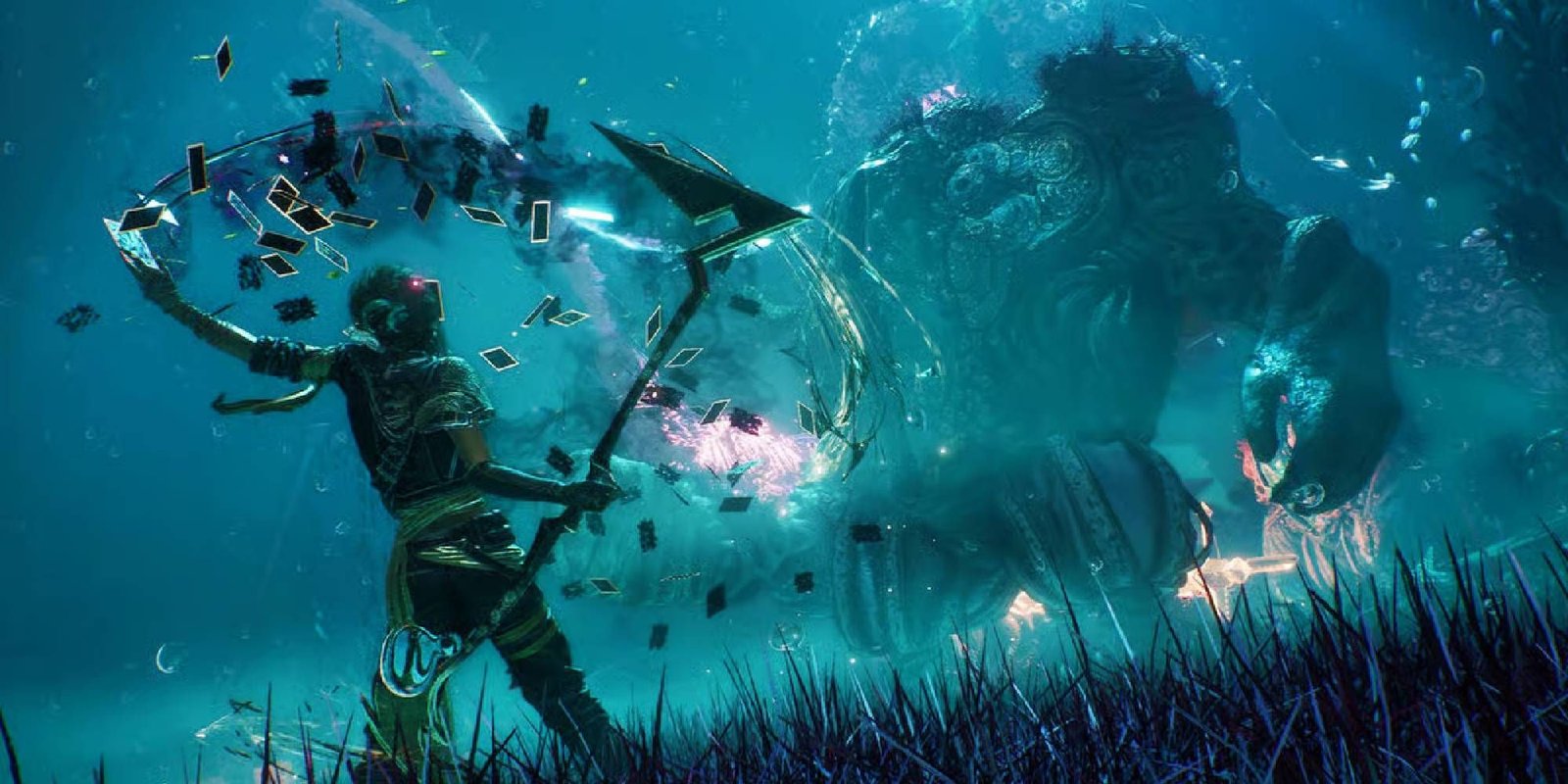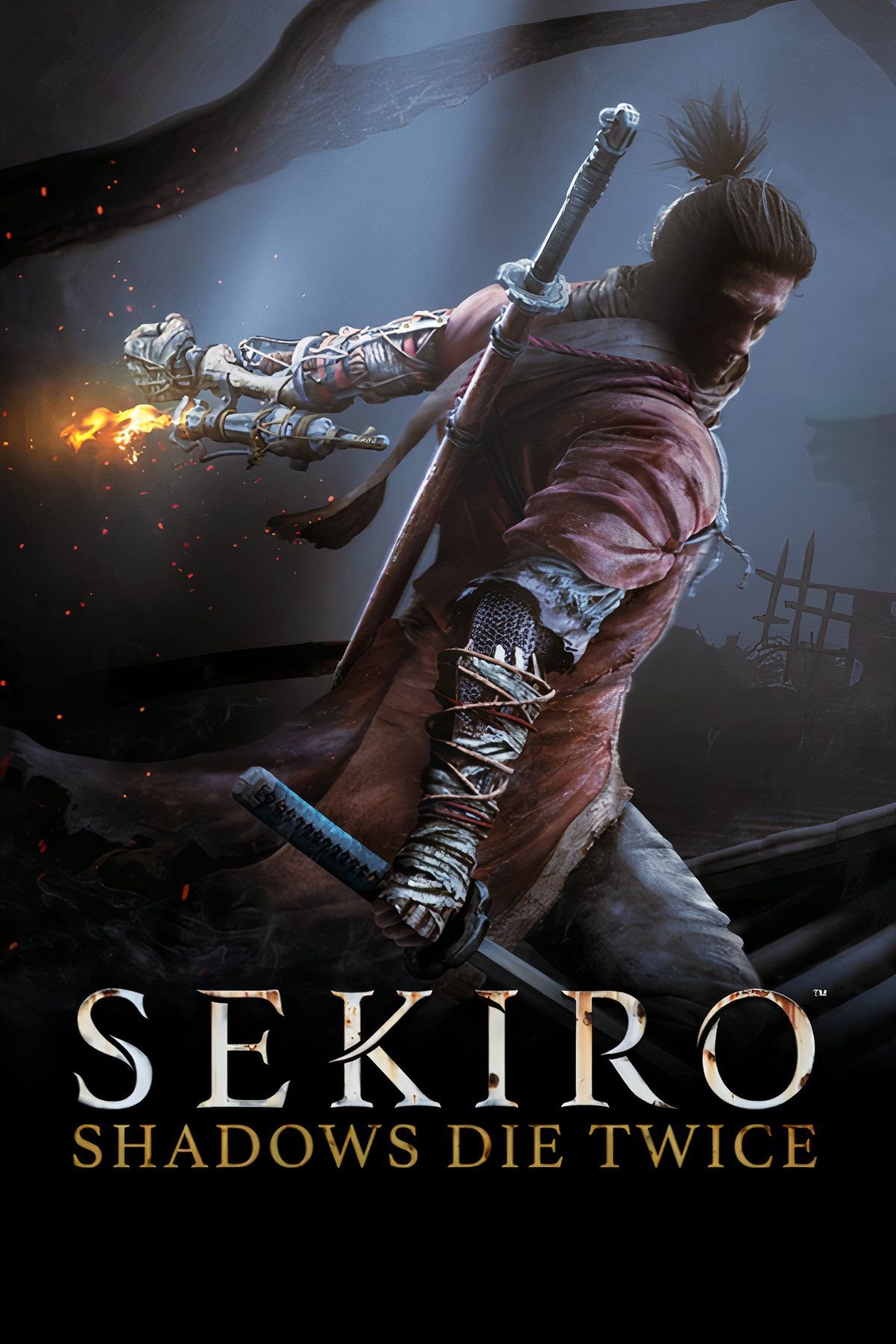Sekiro: Shadows Die Twice is the hardest game FromSoftware has ever made. Considering it also developed Dark Souls, Bloodborne, and Elden Ring; that’s a pretty massive deal.
Following in the footsteps of Dark Souls 3, this stylish fantasy adventure has you playing as The Wolf, who is tasked with protecting a young lord against both men and monsters alike. It was already unique in that, unlike in From Software’s other games, you didn’t create your own character, and would instead fill in the role of someone already well-established. Specifically, a warrior who faces defeat in the prologue, only to spend the rest of the game trying to redeem himself against impossible odds. But even at his weakest, the protagonist can be unstoppable in the right hands.
Sekiro Wouldn’t Be The Same Without Its Focus On Parrying
Unlike the slower and more meditative approach taken by other recent FromSoftware titles, Sekiro is all about speed. You can sprint across landscapes in a matter of seconds, while a grappling hook allows you to scale cliffs and clamber up rooftops in the blink of an eye. It’s eager to give you all the necessary tools to live out a shinobi fantasy, but that comes with a formidable challenge to overcome, as even standard enemies pose a huge threat.
You can swing your katana at foot soldiers until the cows come home, but without ever taking blocking, stagger gauges, and how they might respond into account, you’ll have a bad time. All of these moves must be considered to whittle down an enemy’s health or force foes into a stunned state where they can be dispatched with a singular deathblow. However, none of these mechanics are more important than parrying.
I mentioned before that Sekiro is a fast-paced experience, and nowhere is that more true than with its parry system. The touch of a shoulder button will cause your character to block, but do so with the correct timing and in conjunction with an incoming attack, and you’ll both negate all major damage and build up your opponent’s stagger gauge. All enemies have one, and filling it up will allow you to perform the Deathblow I mentioned earlier. It’s a rhythm game in essence, and you need to learn the melody of each new adversary in order to emerge victorious.
What I adore most is that even the hardest bosses in the entire game abide by the same rules, so if you’ve got enough patience and skill you can parry them into submission and win the day with just two lethal hits. It takes hours of practice, but the end result is so worth it. And after hitting credits in Sandfall Interactive’s Clair Obscur: Expedition 33, I feel more prepared than ever.
Clair Obscur: Expedition 33 Allowed Me To Become A Sekiro Master
Clair Obscur: Expedition 33 would still be an excellent game if it had a traditional combat system with a slower, more meditative turn-based structure. But the fact it tries to innovate with so many new mechanics and transform a traditionally chill affair into something so intense and gratifying is an incredible achievement. This is made possible by a reliance on parrying that underpins everything you do.
Aside from a few exceptions in which you need to jump over or dodge attacks, everything in Clair Obscur can be dodged and comes with its own distinct timing windows. This means that every major battle is a test of your memory and reflexes. You might jump into a boss and feel utterly flummoxed, like it’s impossible to progress without your party being wiped out. But much like Sekiro, you need to take a step back and consider what you need to learn, both in terms of timing and strategy. Get that down, and you’ll be unstoppable.
Sandfall Interactive’s effort is much easier though, with the timing of enemy attacks being both slower and far more telegraphed than anything Sekiro has to offer. You might need to parry a maximum of ten times in a row during the hardest of encounters, while Sekiro can have you dodging, diving, and blocking alongside parrying for several minutes with few signs of slowing. It’s brutal, hence why you are given so many additional items and tools to use. If you’re a true hardcore player, though, getting through things with parries alone is not impossible. If anything, it’s an accolade worth pursuing.
After hitting credits on both Clair Obscur and Doom: The Dark Ages I’ve been bitten by the parry bug, and few games are scratching that itch more than Sekiro. It has one of the best parry systems this medium has ever seen, and half a decade after launch I struggle to think of anything else that can measure up to it. So, if you’re up for the challenge, give this gem a try.






